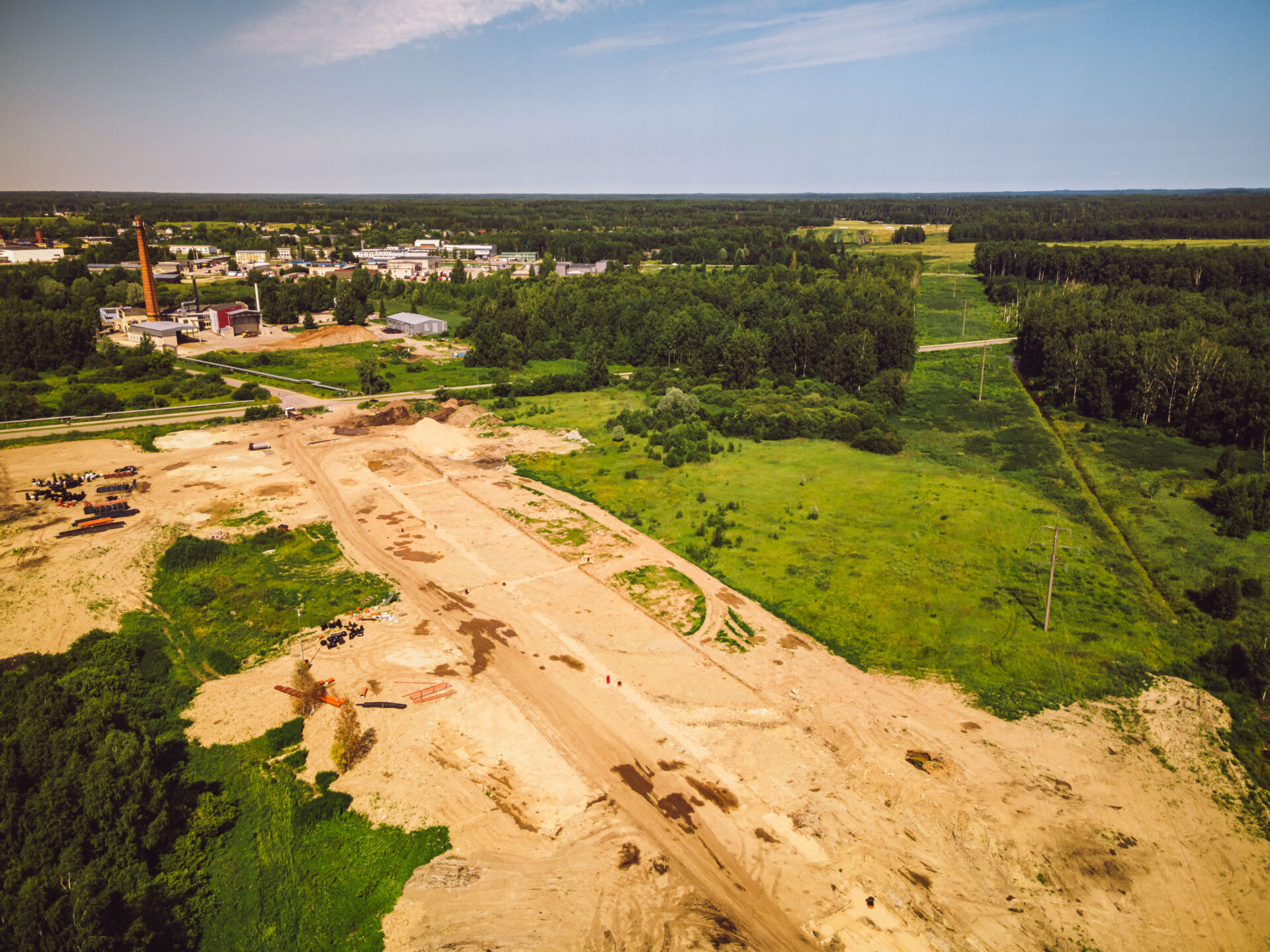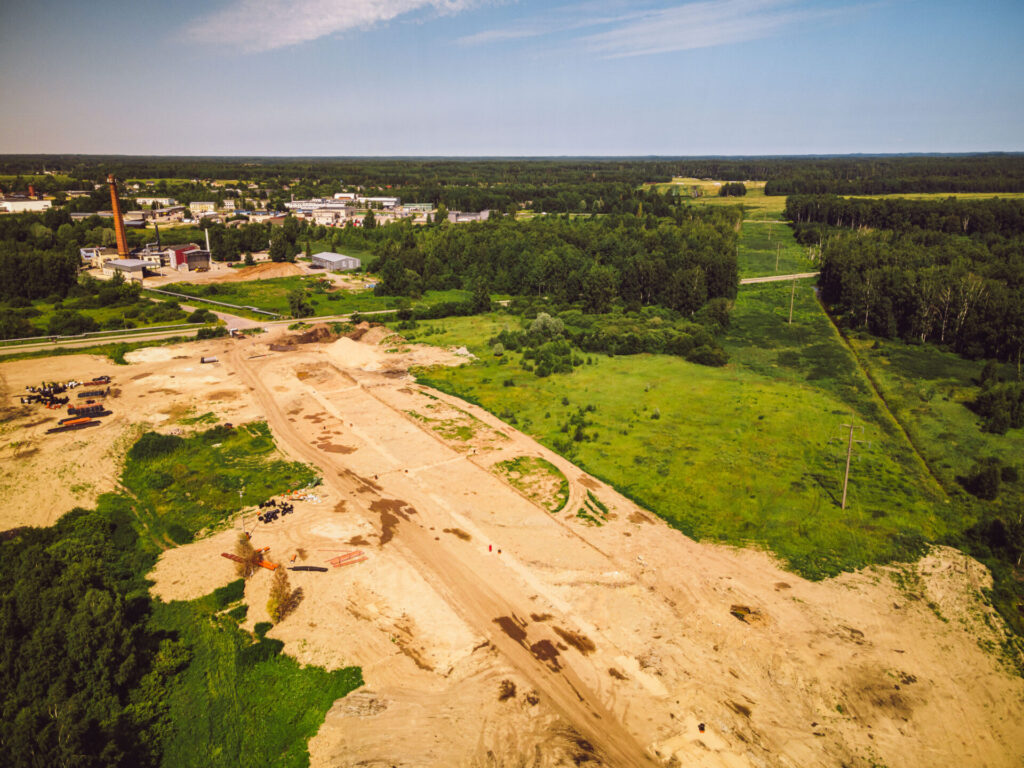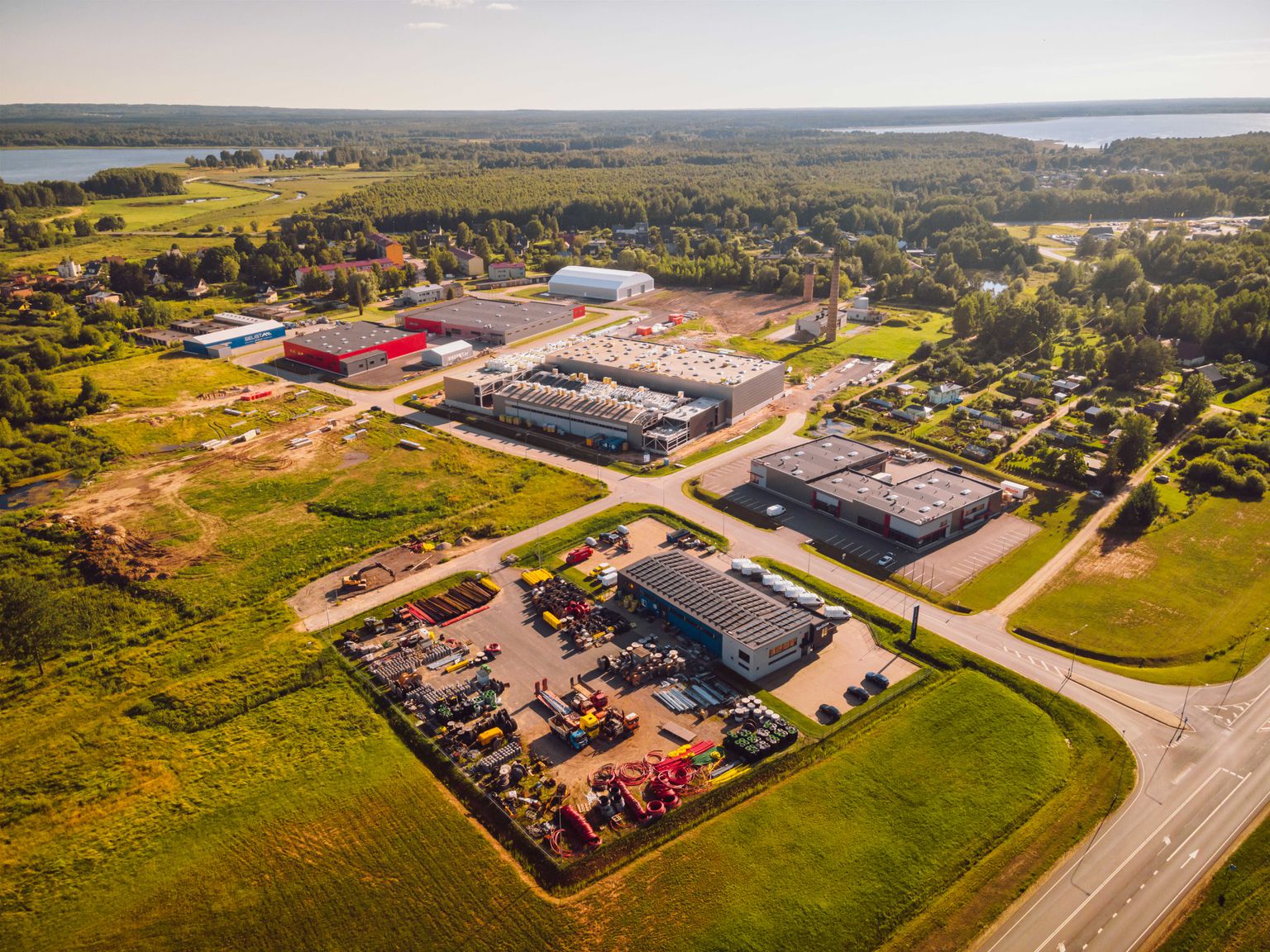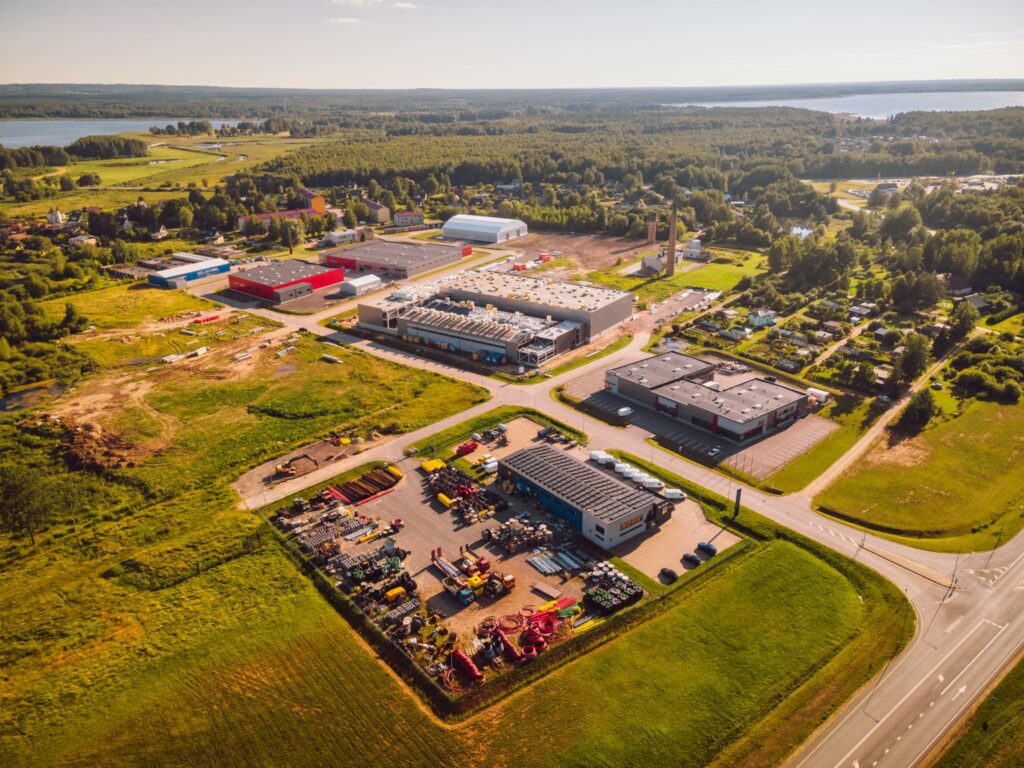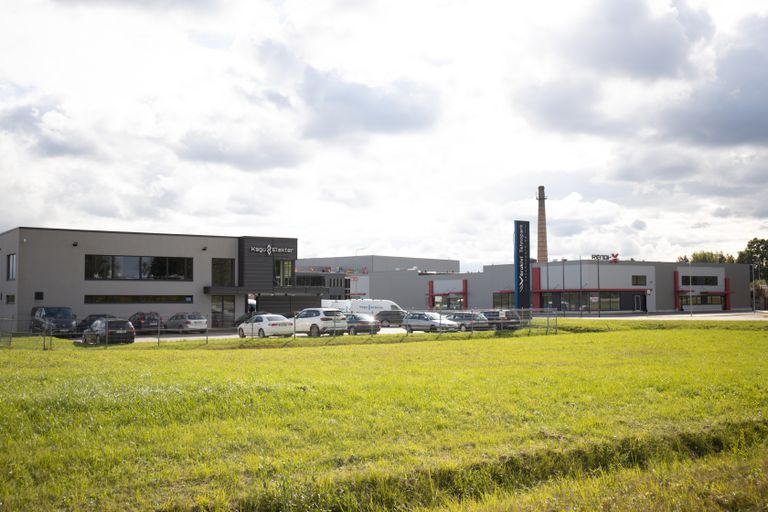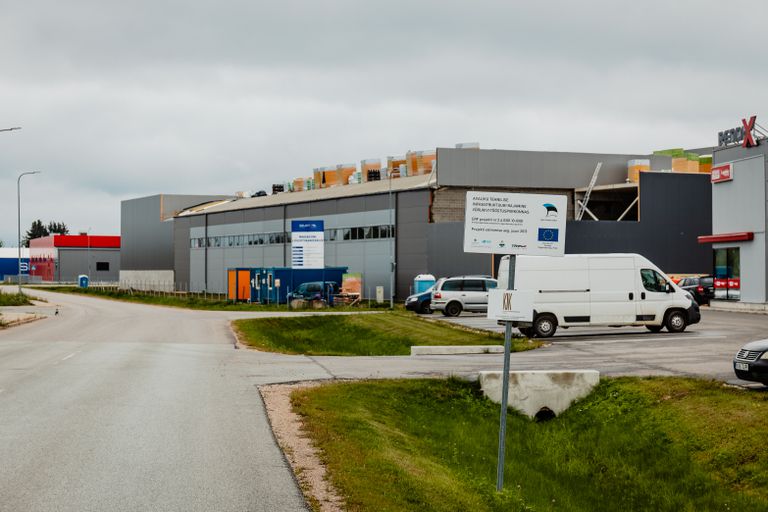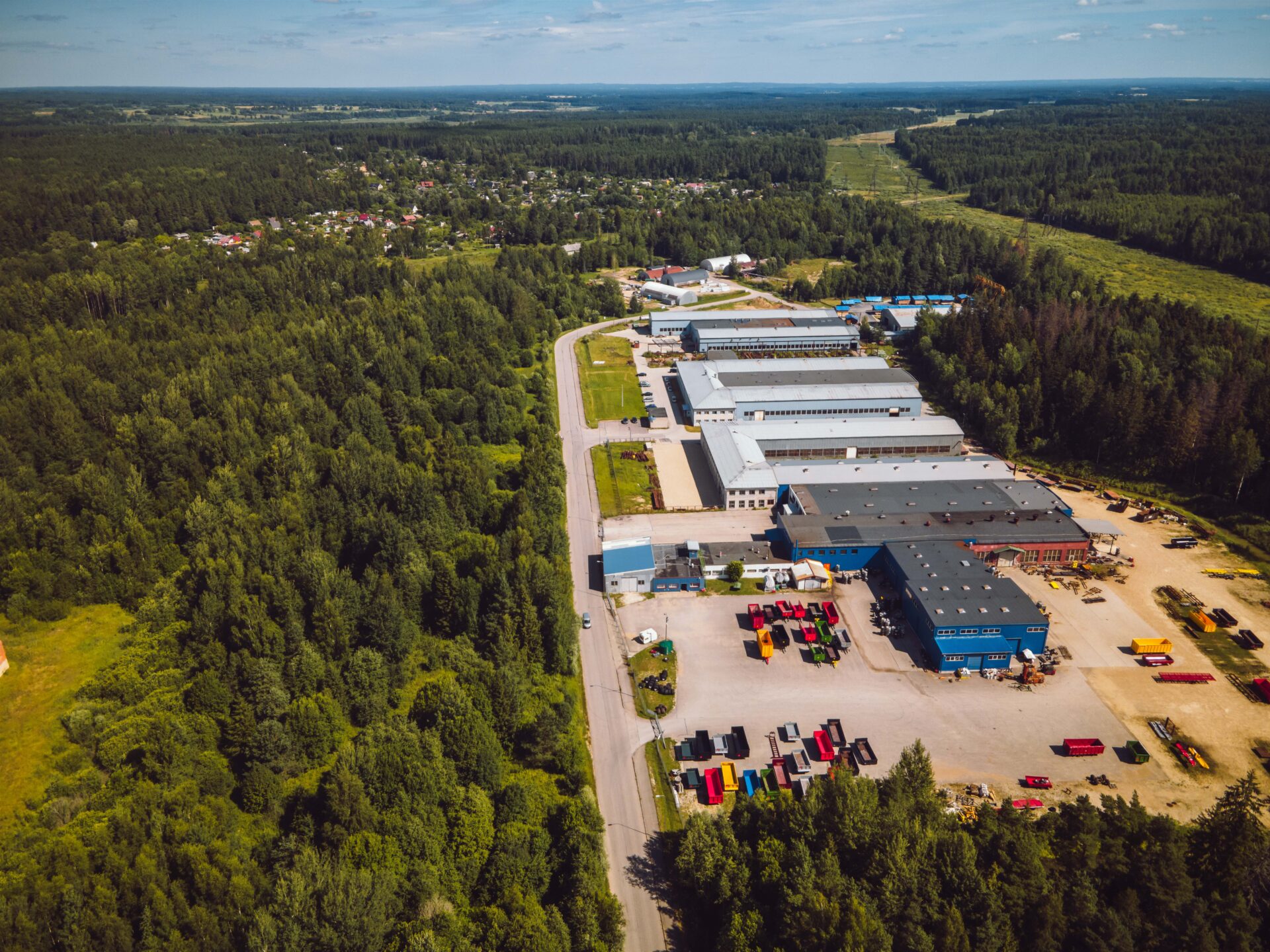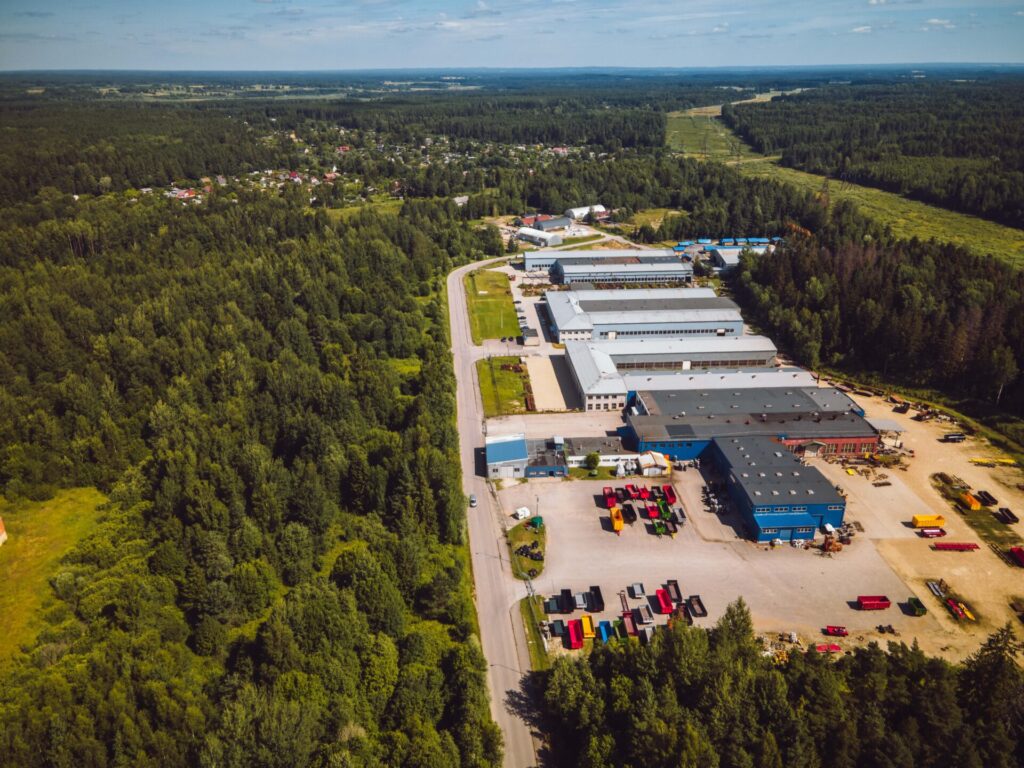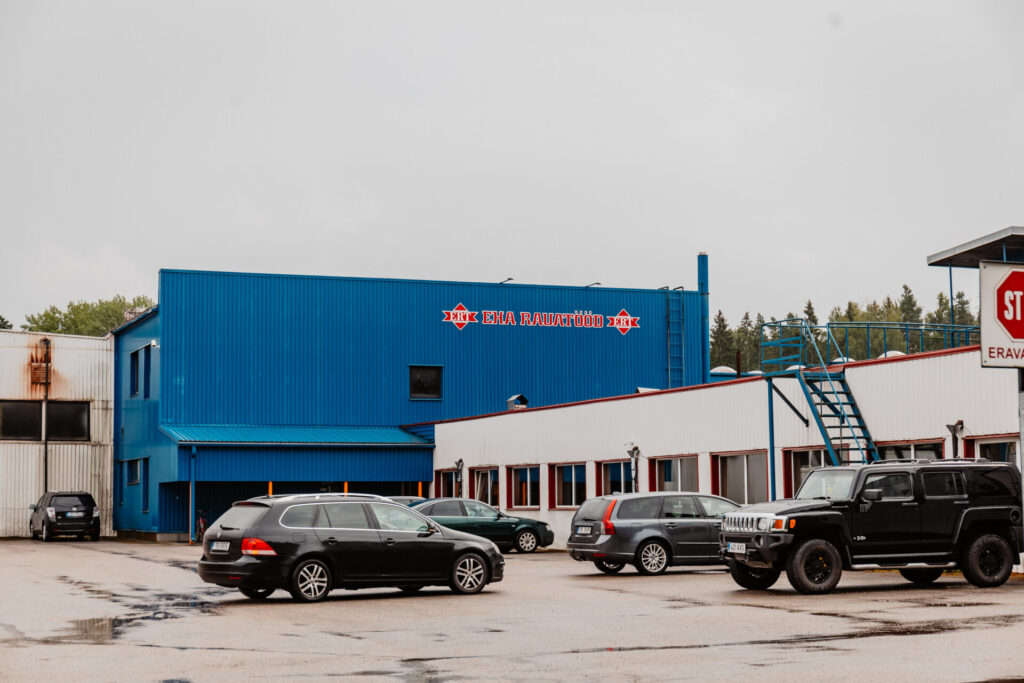The benefits of southeastern Estonia as an industrial area:
- Located near the border – Southeastern Estonia is good location for both domestic and foreign markets. International transport corridors pass through the area.
- A strong wood & furniture industry, successful food, and metal processing companies – Southeastern Estonia is the home for dozens of mid-sized wood and furniture producers, of which most export their goods. Processing companies employ more than 6000 people in the area.
- Preparing qualified workforce – three big vocational education schools train over 2000 students in the area (Võrumaa Vocational Education Center, Valgamaa Vocational Education Center, Räpina School of Horticulture). Next to the vocational education center in Võru lies the Centre of Competence for Wood Processing and Furniture Manufacturing (TSENTER), which connects the public sector, private industry, and schools. All counties have local development centres too, which help and counsel existing and starting local businesses.
- Beautiful nature, a good environment, and a strong regional identity – Southeastern Estonia attracts new residents with scenic views and safe towns that feature all necessary institutions and communal services.

Photo: Robi Zuts
Currently, a 5.5-hectare sized new industrial area is being developed in Võru town, with the future potential to expand up to 40 hectares. The initiative to build came from the local government, not entrepreneurs. “If the local government is not interested in their residents having stable jobs, who would be?” states the mayor Anti Allas rhetorically.
According to Allas, the business world is constantly changing – manufacturing companies look for new ways to expand and become more effective. Soviet era warehouses and infrastructure is not enough, they need modern facilities and equipment to grow and evolve.
Since Võru is located in the southeastern corner of Estonia, processes and arrangements are not as fast as in the capital. On the other hand, Võru has a very strong attraction for families and individuals. We have more jobs than people – so we employ people in the whole southeastern region. As a regional center, we have the responsibility to offer businesses good conditions and help them. We have seen that entrepreneurs are very interested in moving to one location, where they have everything in one place – necessary infrastructure, joint operation possibilities with other businesses and modern facilities”, states Allas.
The town of Võru has years of experience in creating new industrial areas. Together with local private businesses, Võrukivi industrial area was built in 2010-2012. The town built the roads, communication lines and installed sewerage and district heating. The local government also purchased a piece of land from KEK, in order to set up proper access roads and infrastructure. “The local businesses would have struggled without modern infrastructure, because building it themselves is too expensive”, explains Allas. Võrukivi industrial area did not fill up instantly but needed some time. However, Allas thinks it is only natural that businesses take some time to relocate and move their operations.
As the regional center, we are interested that more residents move in the area and have good opportunities to work and settle down.
The first stage of Võrusoo area development
Total cost of creating the Võrusoo industrial area is 1 428 292€, of which 214 244€ is funded by the town of Võru. A sum of 192 900€ is added to the total, which is the cost of purchasing necessary land from the state. The project is funded by the European Regional Development Fund in order to strengthen regional competitiveness.
By 2026, the town hopes to have completed the first stage of development – 7 finished manufacturing plots where at least 8 companies will hopefully operate, employing 75 people. In the future, 20-30 more businesses can move there, offering work to 200-500 people.
54 bigger manufacturing companies are located near Võrusoo industrial area, where qualified workforce is valued highly. To name a few – Cristella VT OÜ (frozen bakery and pastry products) with 300 employees, Wermo AS (furniture production) with 60 employees, Valio Eesti AS owned Võru Juustutööstus (cheese production) and Võru Hallid AS (metal structures) operate in the area.
Construction has already begun in the industrial area, the first bids for the plots are expected to receive by 17th of October. “We’ll have to wait and see how interested the businesses are. When we were designing and preparing the project a couple of years back, companies were very interested in moving to the new area. It is possible, that the changed economic conditions and times of crisis have altered the businesses’ future plans. On the other hand, times of recession and growth are normal to the economy and while the current situation may slow down the demand for the industrial area, overall demand should still be relatively strong”, says Allas.
Plot purchasing conditions are very favorable for the businesses. Starting square meter price is 4€, which is 2-3 times lower than market price. However, the new business then has an obligation to build new warehouses and necessary buildings, start production and create new jobs for the town.
Help from the municipality is much appreciated
According to the mayor, selling cheap plots eliminates market inefficiencies, which have been created by uneven regional development. “I’m convinced that Estonian liberal economic system has let us down a bit. The role of the local government in supporting manufacturing and housing development can not be understated, which can be seen by the example of Võru’s Sister Cities in France and Finland. In more rural areas, the local government has to put more effort into building the infrastructure and helping businesses expand, which is why we have also contributed to the development of private houses. For example, eight young families who wanted to build a house were able to purchase plots from us with a good price. We are also thinking about further developing rental houses and suburbs. As the regional center, we are interested that more residents move in the area and have good opportunities to work and settle down. We don’t want to hinder or block the new developments of private businesses, but rather cooperate with them. According to this principle, we have created favorable land purchasing terms.”
We welcome all businesses to Võru industrial area, who match our set conditions and requirements and create new jobs to the area. Currently we have 7 available plots to offer, ranging from 6000 to 10 000 square meters in size.
